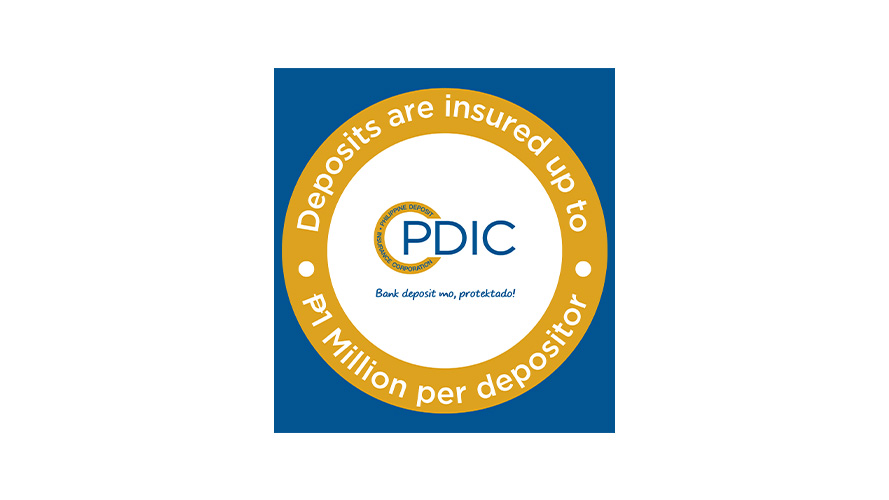What is phishing?
Phishing is when a criminal sends you an email / SMS or calls you and try to get you to give them your passwords and bank details or clicks the embedded links, QR code or file attachment to implant malware to the victim's device.
The email / SMS will say it is from a legitimate organisation like a bank, online payment service or online retailer. It often looks very similar to an actual email / SMS sent by those companies, and it will contain a link or QR code that takes you to a website that also looks very similar to the organisation's genuine site.
Once you arrive at the fake site, it will usually prompt you to enter personal security information, such as your account number, PIN, security code or one time passwords (OTPs). The phishing site records everything you enter, and then uses your information to steal your money.
What are the types of phishing?
To spot a phishing email / SMS, ask yourself the following questions:
- Does it request personal information, like a credit card number or account password?
- Were you expecting this message?
- Does it have an attachment?
- Does it ask you to do something unusual, like transfer money to an unknown source, or email / SMS your account details to someone?
- Does the sender's email address or phone number match the name of the company that it claims to be from?
- Is your email address or phone number different from the one that you gave that company?
- Was it sent or cc'd to more than just you?
How can I tell if I'm being phished?
Fake websites:
- won't show the padlock symbol in the address bar when you log on
- are poorly designed, with typos or bad spelling and grammar
- have a different look and feel than the company's regular website
Phishing SMSes/emails:
- make false claims pretending to be from the bank – e.g. fake incentives/rewards, and notifications of new payee/recipient or payments when you haven't done so
- include a hyperlink requesting you to log on or enter sensitive personal information
- could make use of spoofing tactics that mimic the bank as the sender of the message

